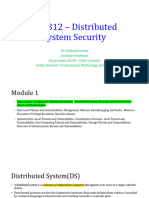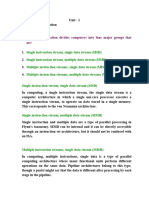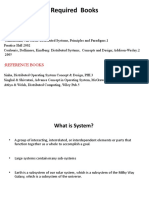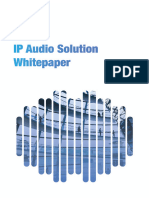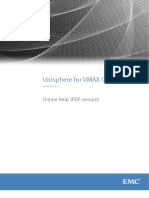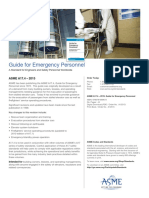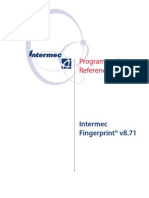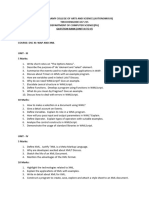0% found this document useful (0 votes)
13 views27 pagesDistributed System - Introduction1
The document outlines the fundamentals of distributed systems security, covering various types of distributed systems, their characteristics, and the associated security challenges. It discusses common security issues such as authentication, data integrity, and confidentiality, along with techniques like encryption and public key infrastructure. The content emphasizes the complexity of ensuring security in distributed environments due to multiple points of vulnerability and the need for robust security measures.
Uploaded by
ghatakmailabc123Copyright
© © All Rights Reserved
We take content rights seriously. If you suspect this is your content, claim it here.
Available Formats
Download as PDF, TXT or read online on Scribd
0% found this document useful (0 votes)
13 views27 pagesDistributed System - Introduction1
The document outlines the fundamentals of distributed systems security, covering various types of distributed systems, their characteristics, and the associated security challenges. It discusses common security issues such as authentication, data integrity, and confidentiality, along with techniques like encryption and public key infrastructure. The content emphasizes the complexity of ensuring security in distributed environments due to multiple points of vulnerability and the need for robust security measures.
Uploaded by
ghatakmailabc123Copyright
© © All Rights Reserved
We take content rights seriously. If you suspect this is your content, claim it here.
Available Formats
Download as PDF, TXT or read online on Scribd
/ 27
